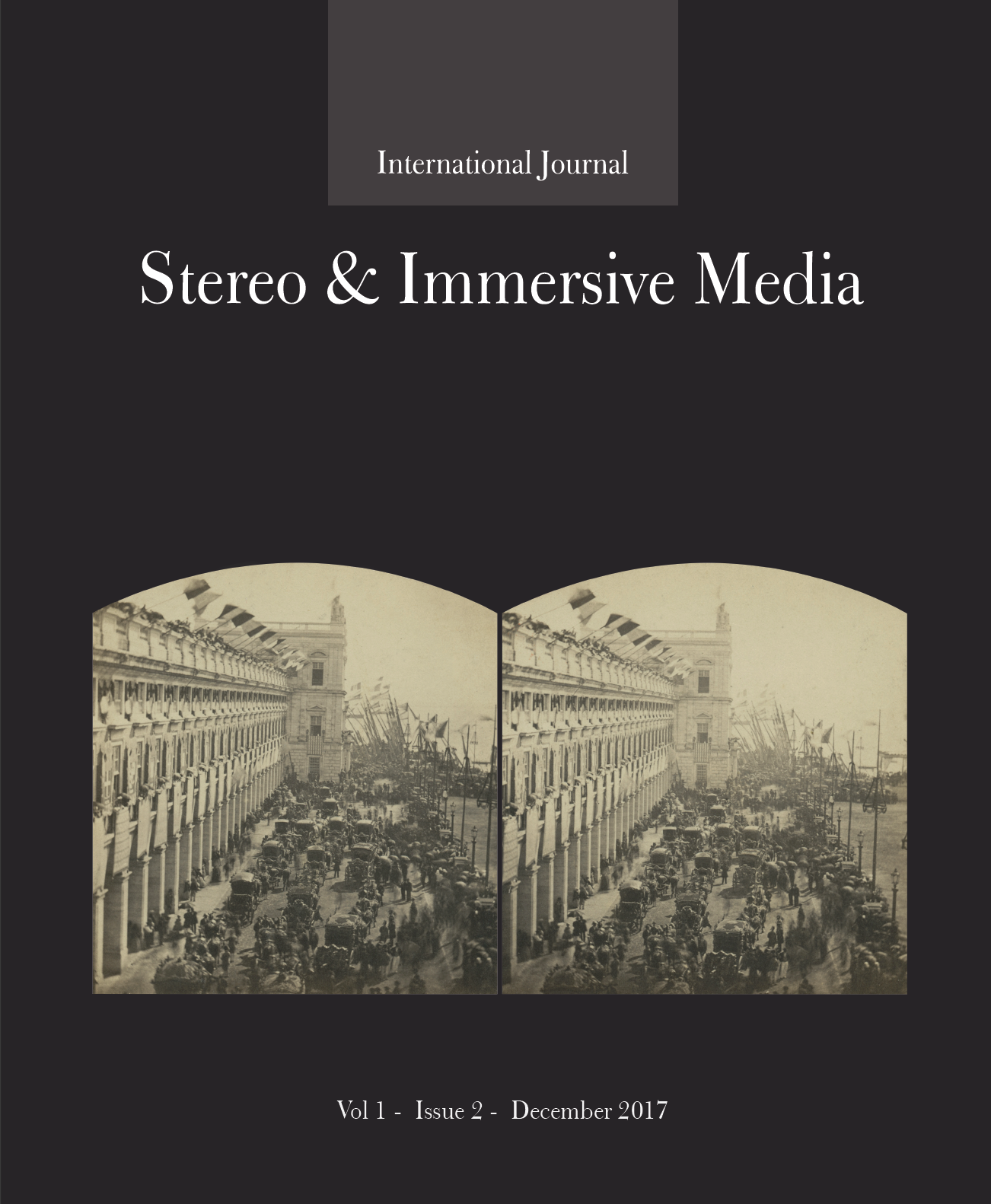Resonance and Wonder
Susan Philipsz's 'Study for Strings'
Abstract
This article offers a reading of Susan Philipsz's sound work Study for Strings (2012) informed by two notions proposed by Stephen Greenblatt: resonance and wonder. In considering resonance, I present the strong historical influences identified in the location the artwork was first commissioned for — Kassel Hauptbahnhof, during dOCUMENTA 13. I also present the traumatic events that led to the composition of Pavel Haas's Study for Strings Orchestra in Theresienstadt, and its appropriation by Philipsz. The use of silence, or absence, in a sound piece features as a fundamental element in the understanding of the work as a certificate of disappearance. Nevertheless, viewed through the lens of John Cage's 4'33'' (1952), Study for Strings will also be examined as a musical composition in its own right. It is here, and in the spectator's first encounter with the work, that the presence of wonder will surface.



